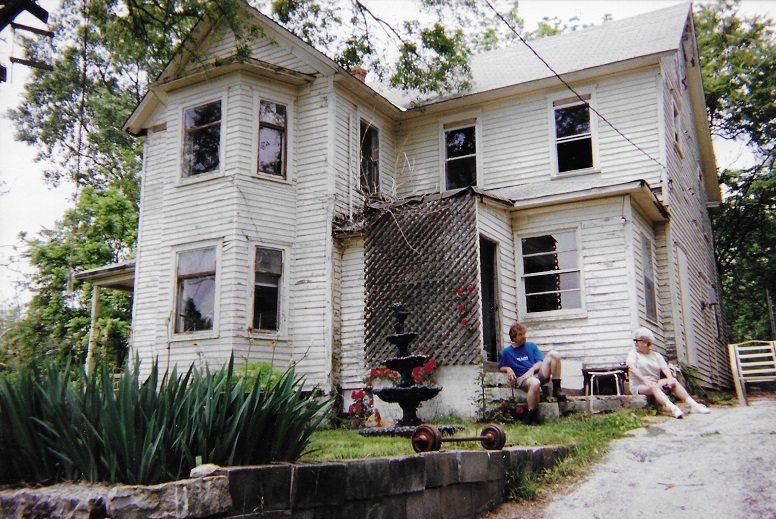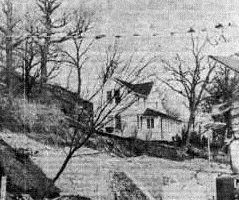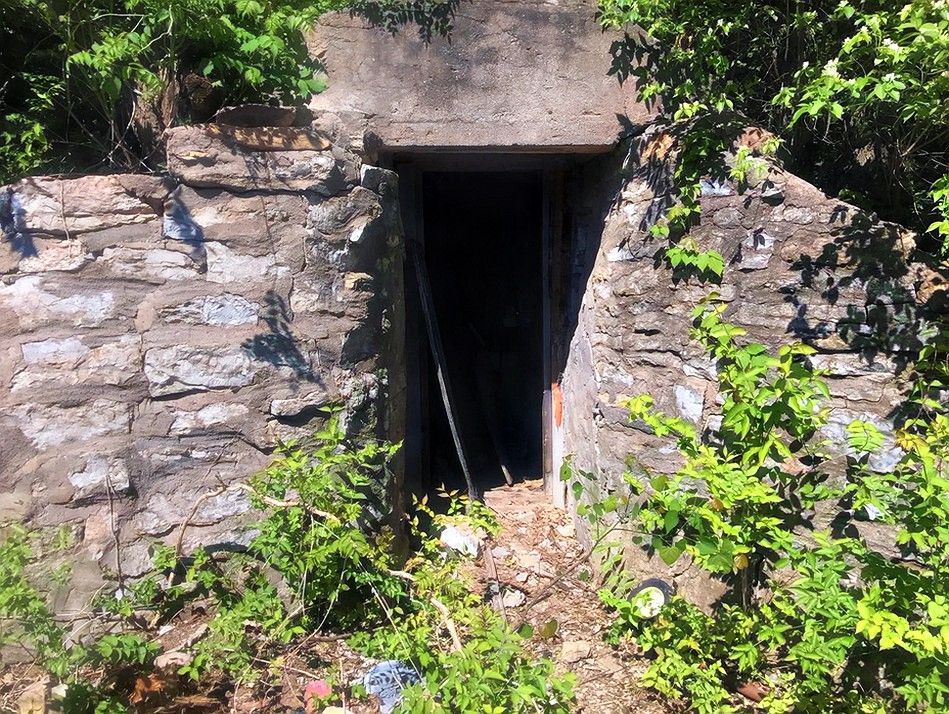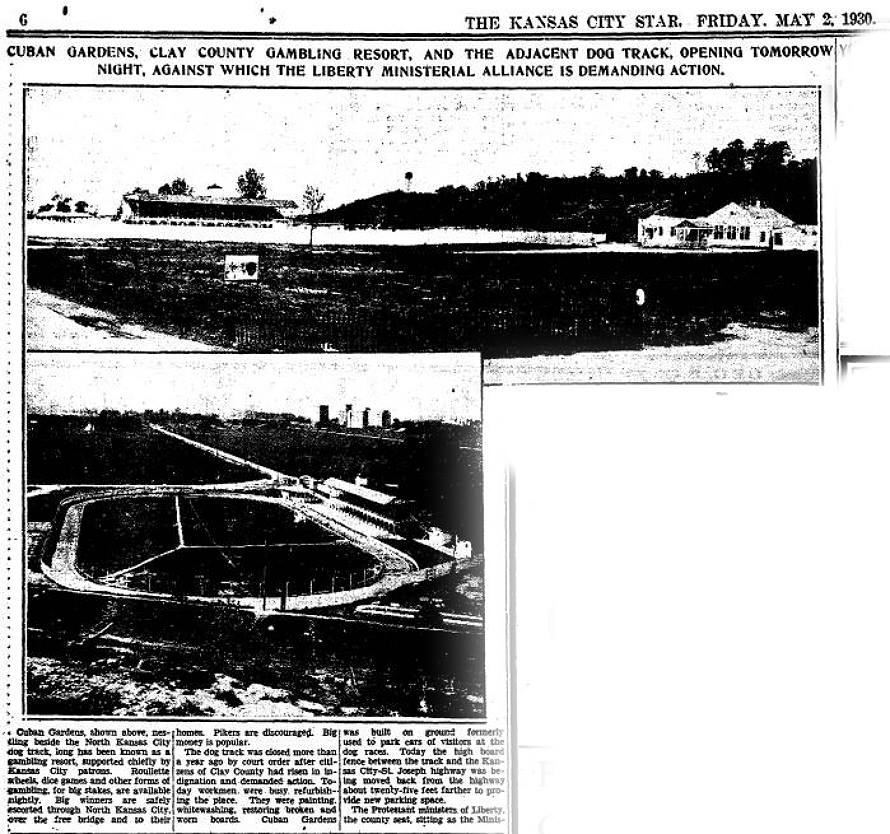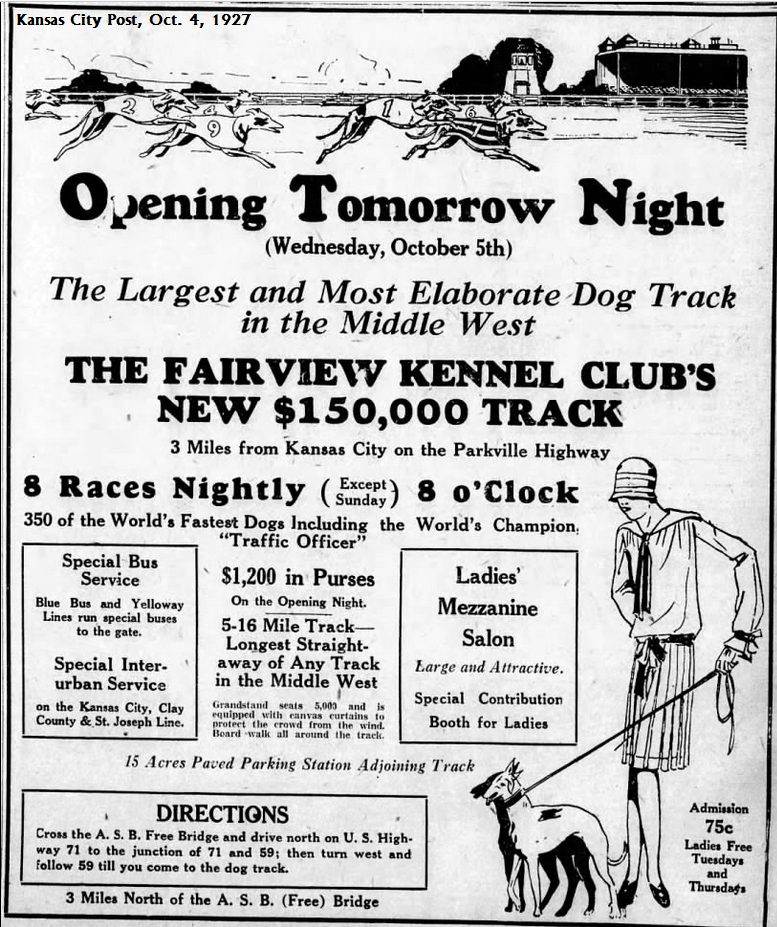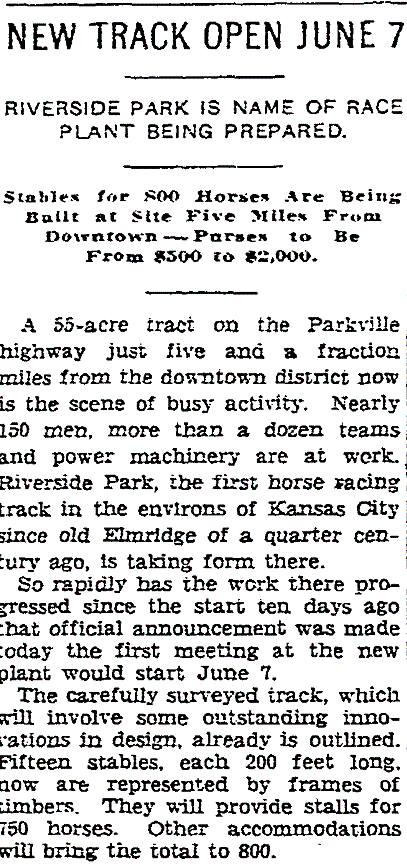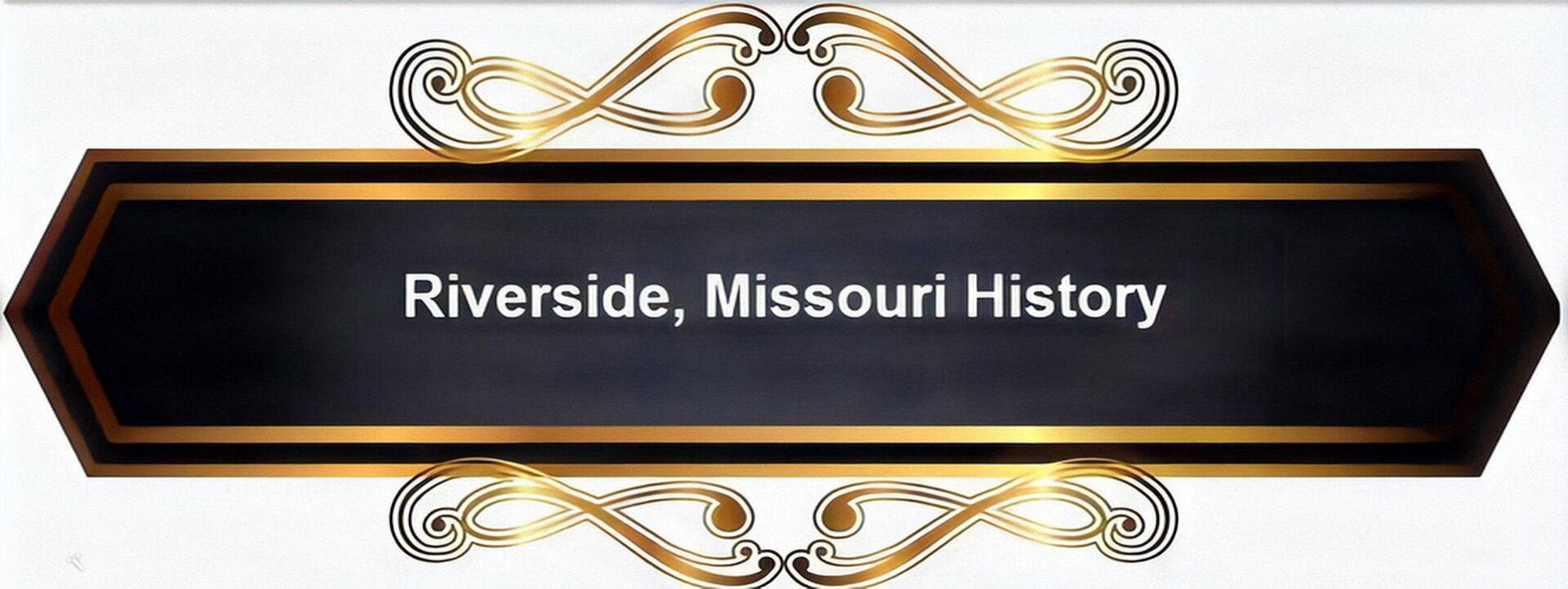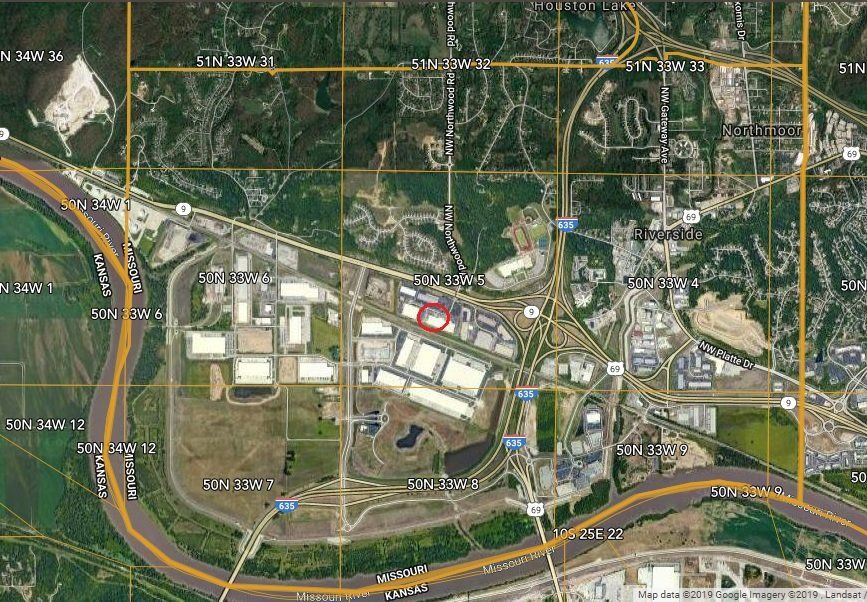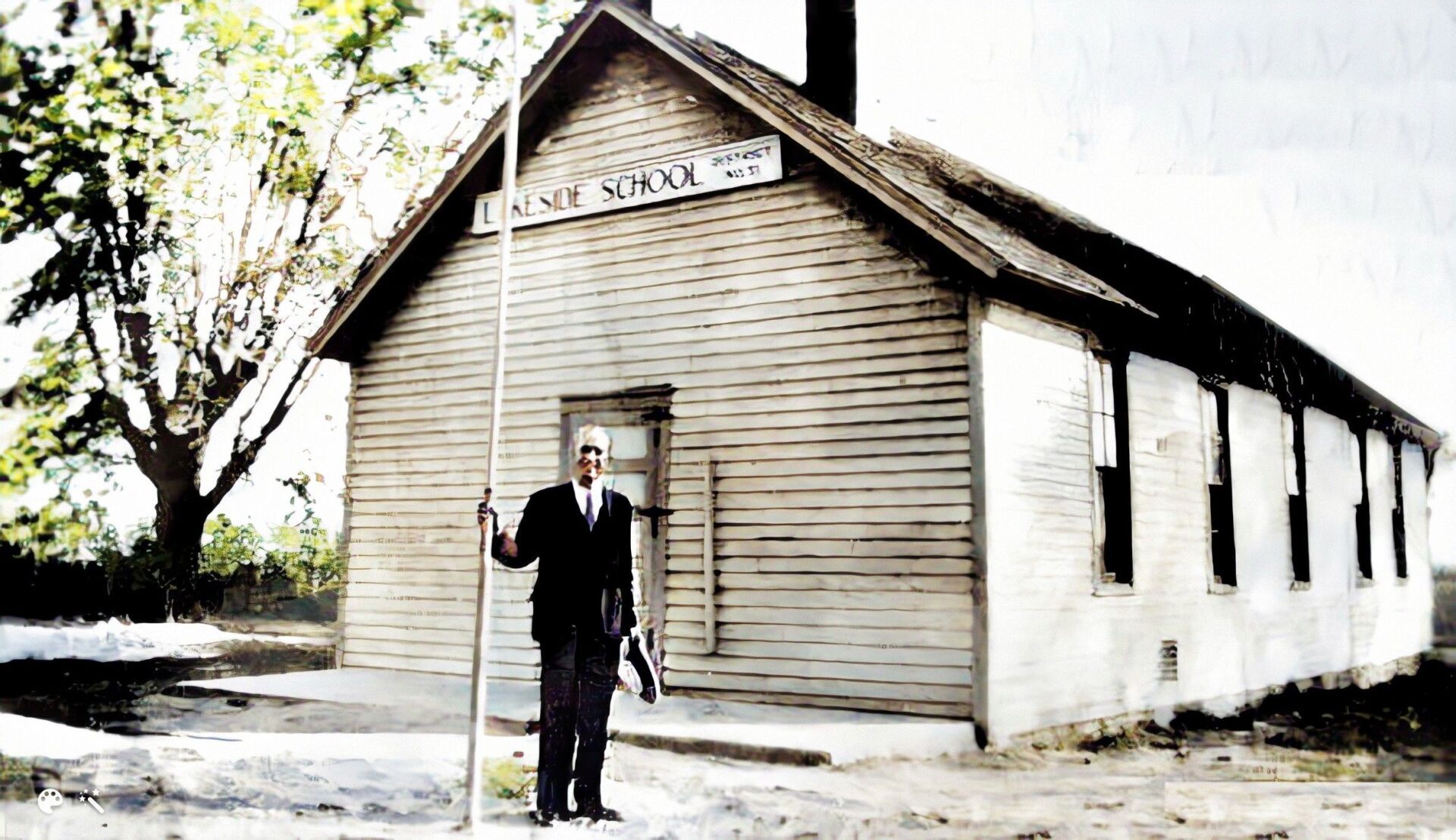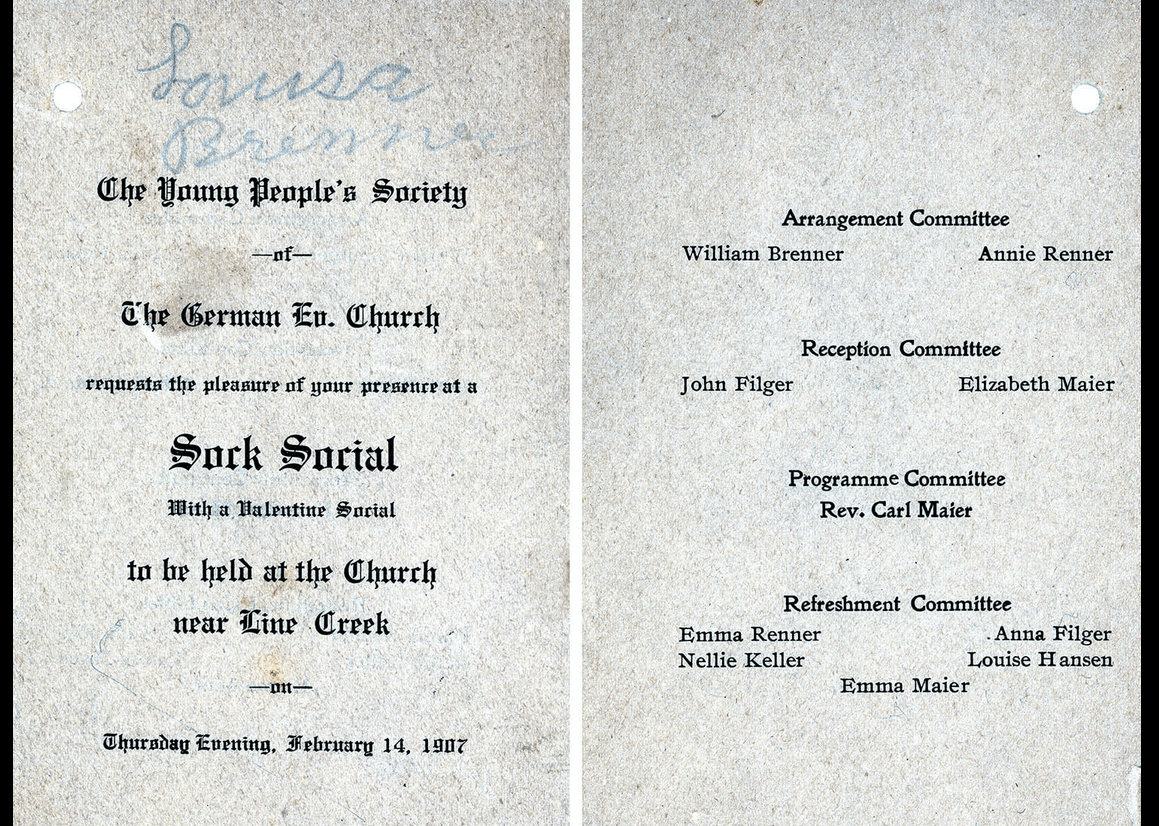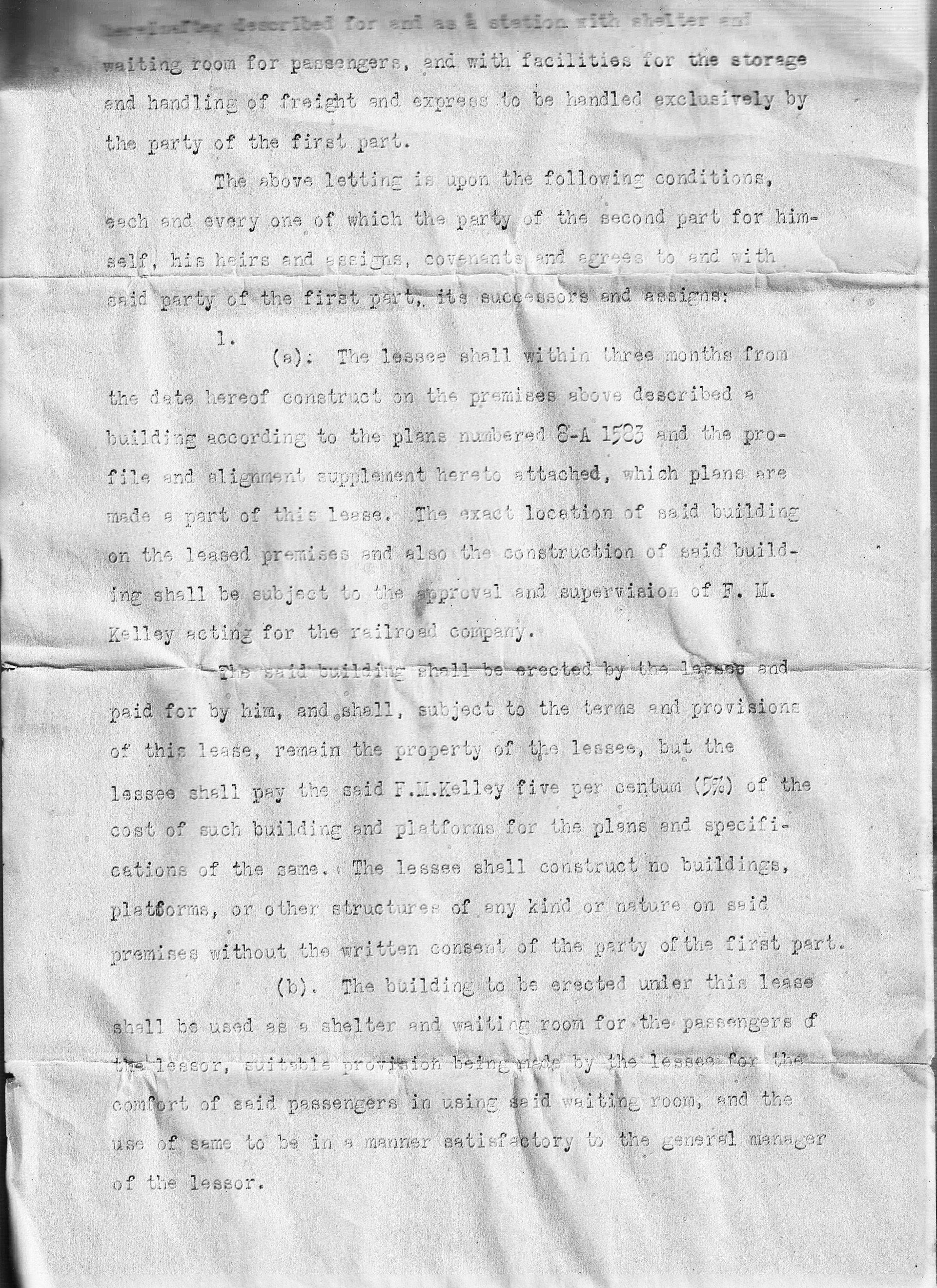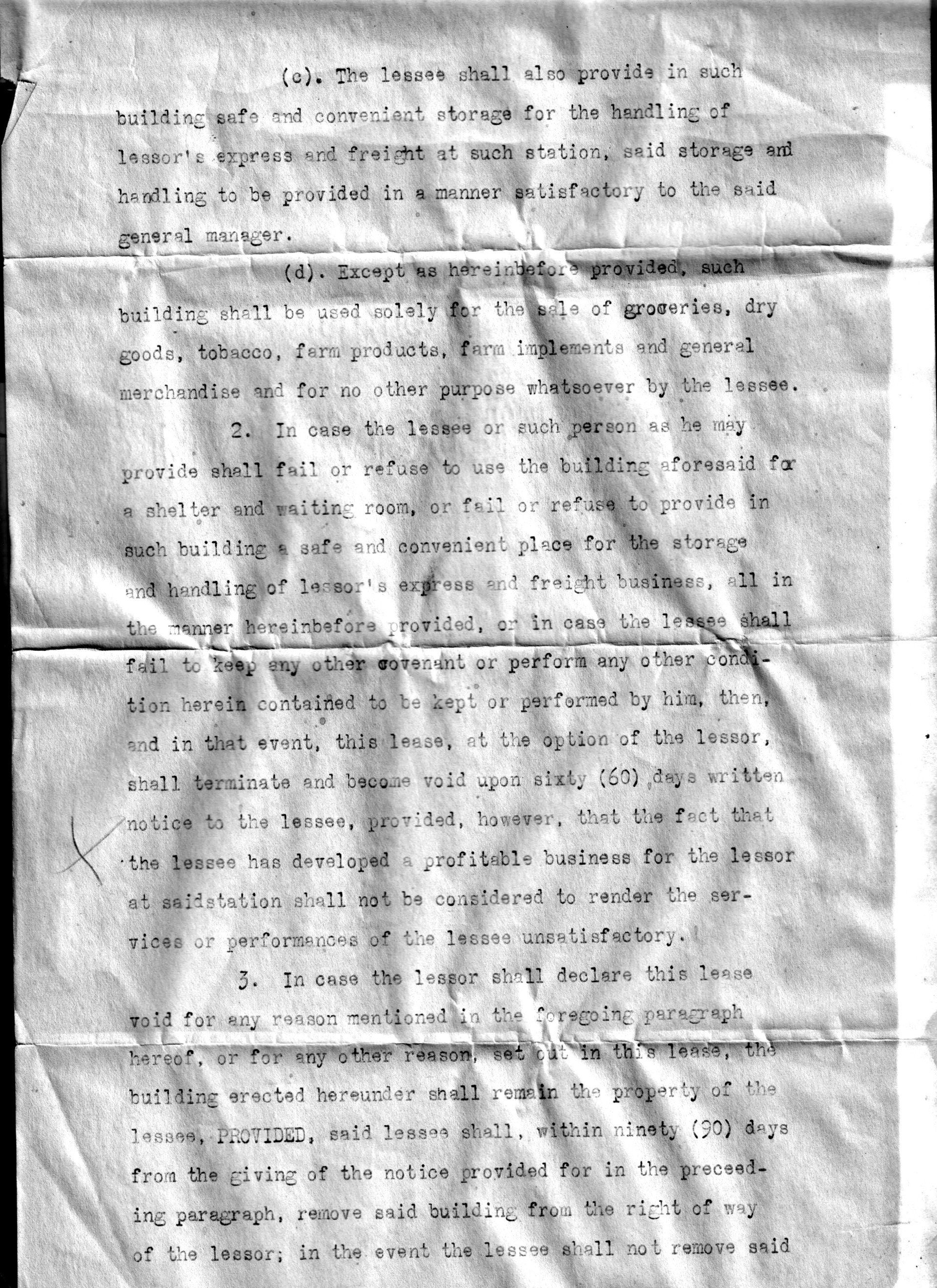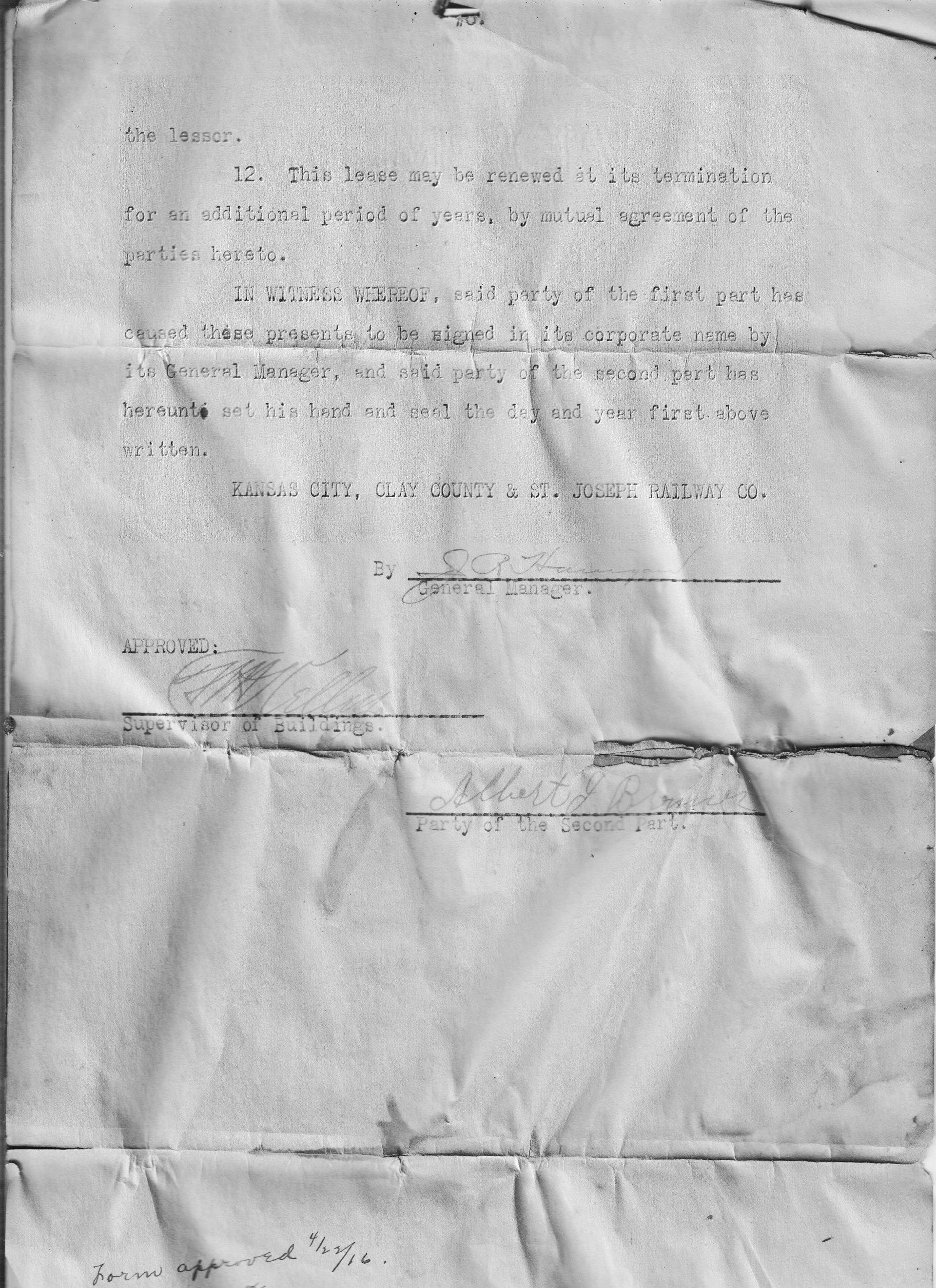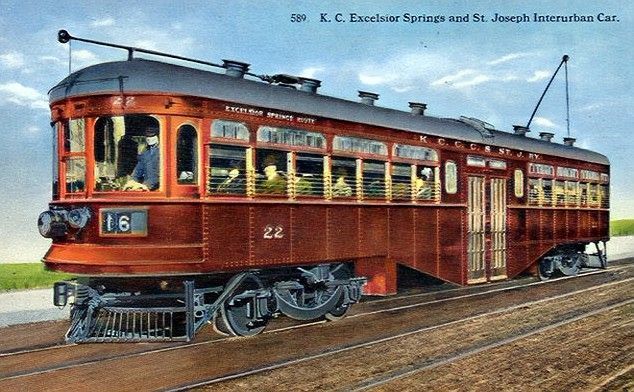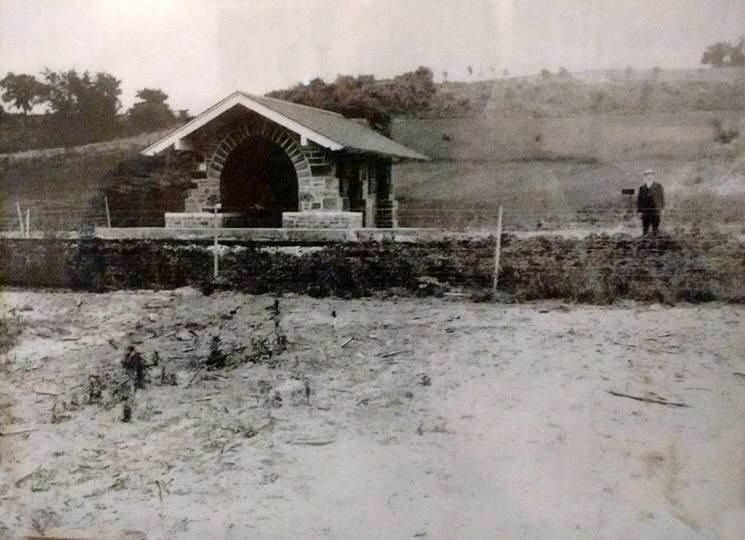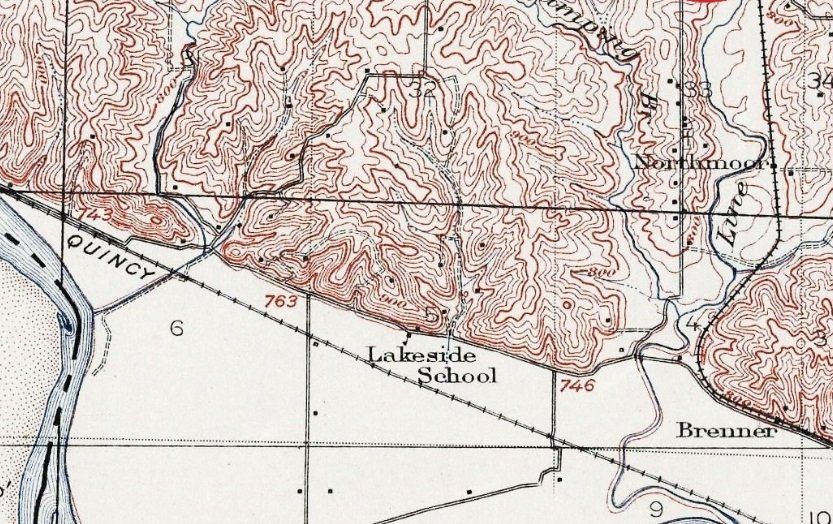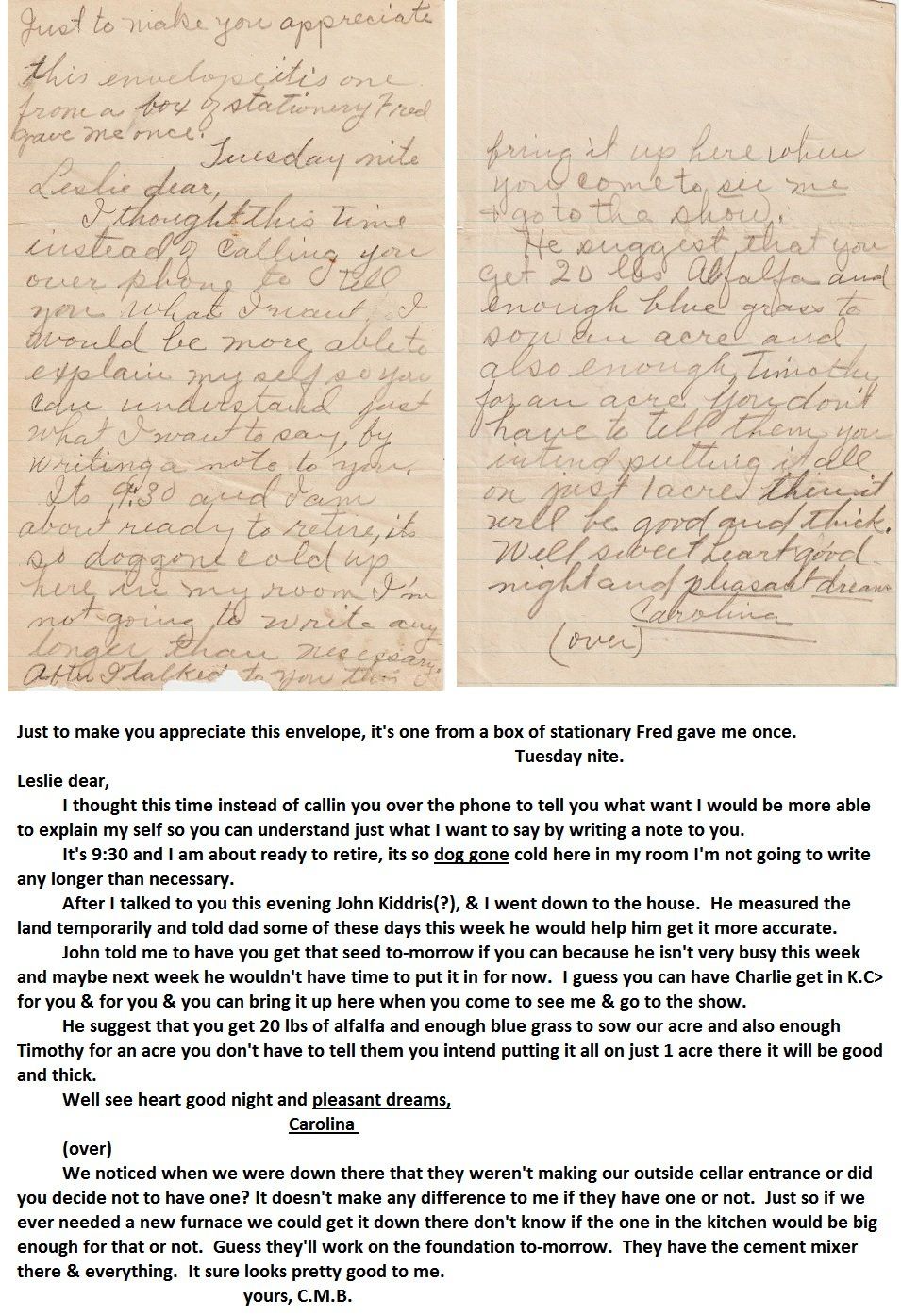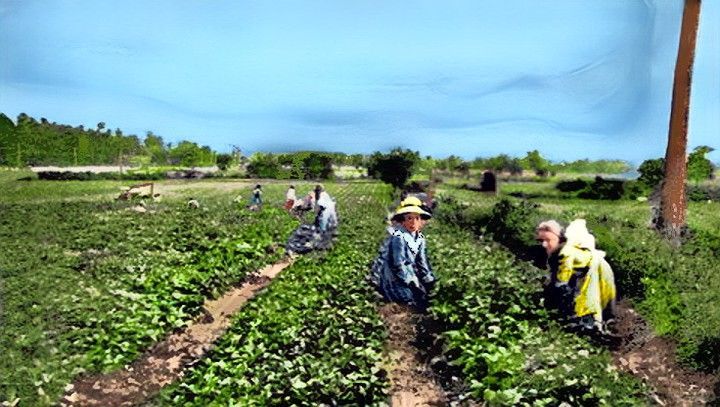



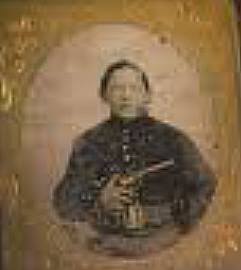
Annie Cade Ferry
1879 - 1907
Operated up and down the Missouri between St. Joe and KC. It was dismantled in 1907 after running aground.





This is a stunning photo taken at about the same angle as the one above and at about the same time. I did colorize it and found it breathtaking.
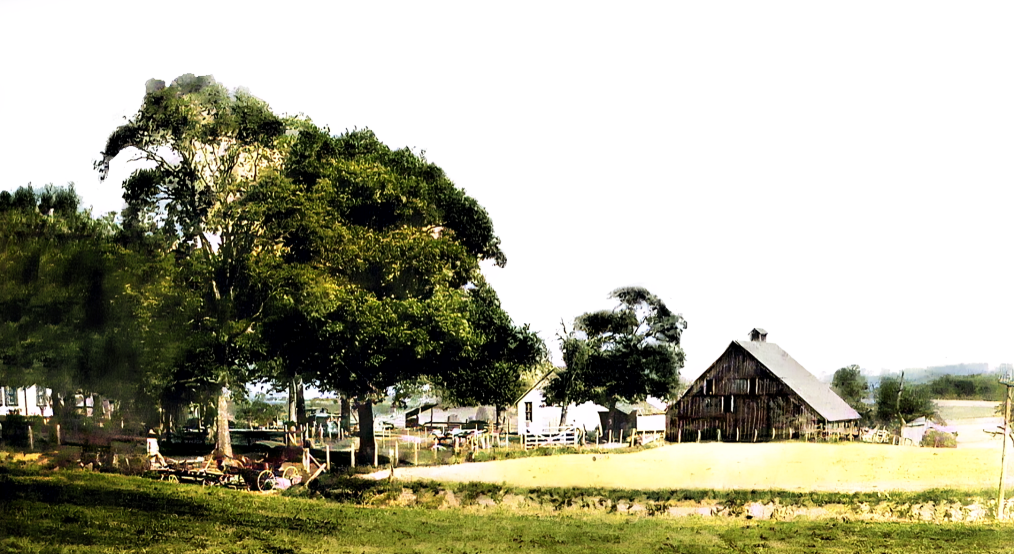
John Peter Brenner
family portrait


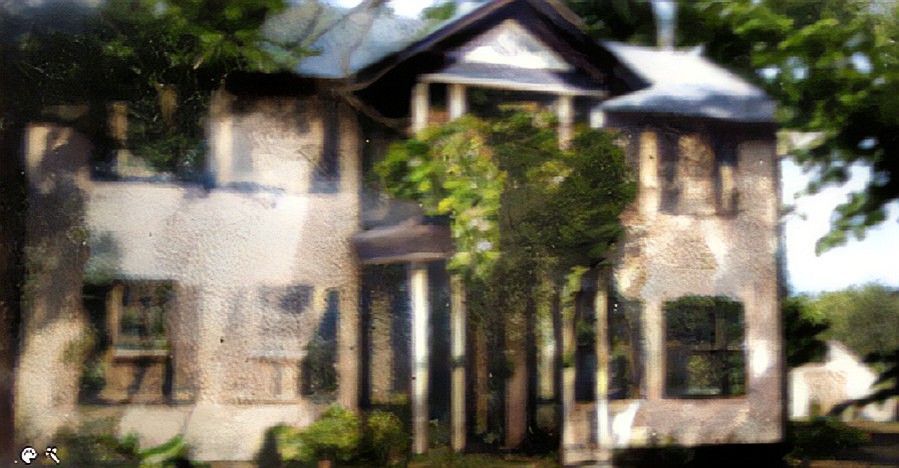






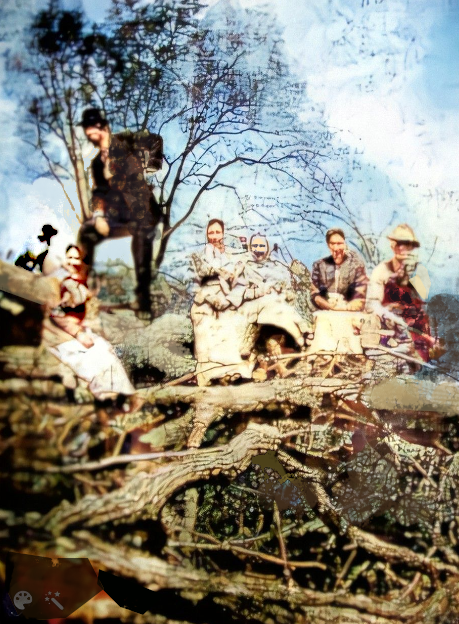
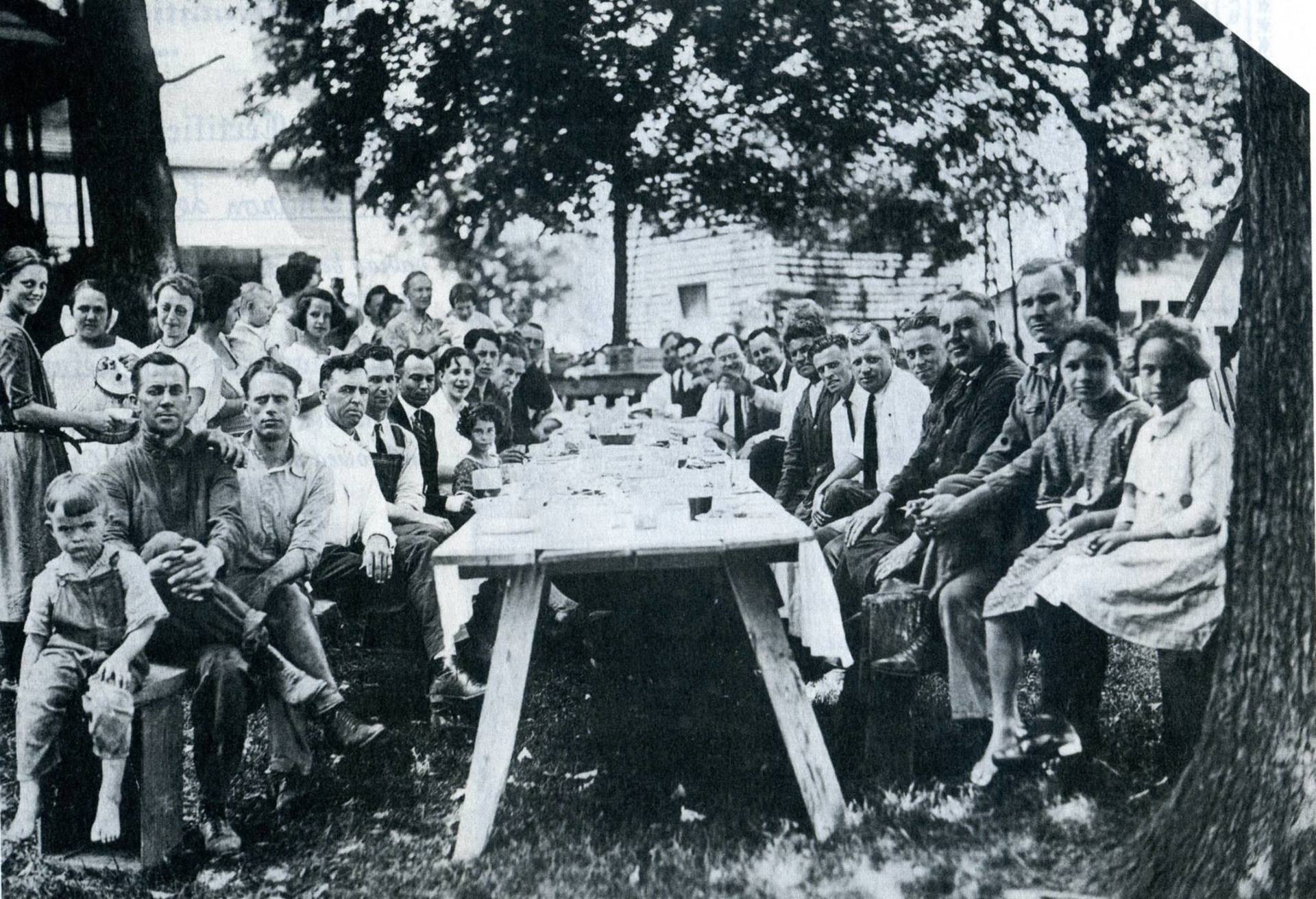
Leimkuhler Ferry
The Quindaro ferry landing house of William Leimkuhler, shown here with his wife, who owned and operated a Missouri River ferry from 1892-1901 connecting Parkville, Mo., and Quindaro, Ks. According to a family history, "William operated the ferry until the landing on the north side of the river became so badly eroded from the current that it was impossible to land on the Missouri side." Photo courtesy Bob Gieseke.
The Quindaro ferry landing house of William Leimkuhler, shown here with his wife, who owned and operated a Missouri River ferry from 1892-1901 connecting Parkville, Mo., and Quindaro, Ks. According to a family history, "William operated the ferry until the landing on the north side of the river became so badly eroded from the current that it was impossible to land on the Missouri side." Photo courtesy Bob Gieseke.
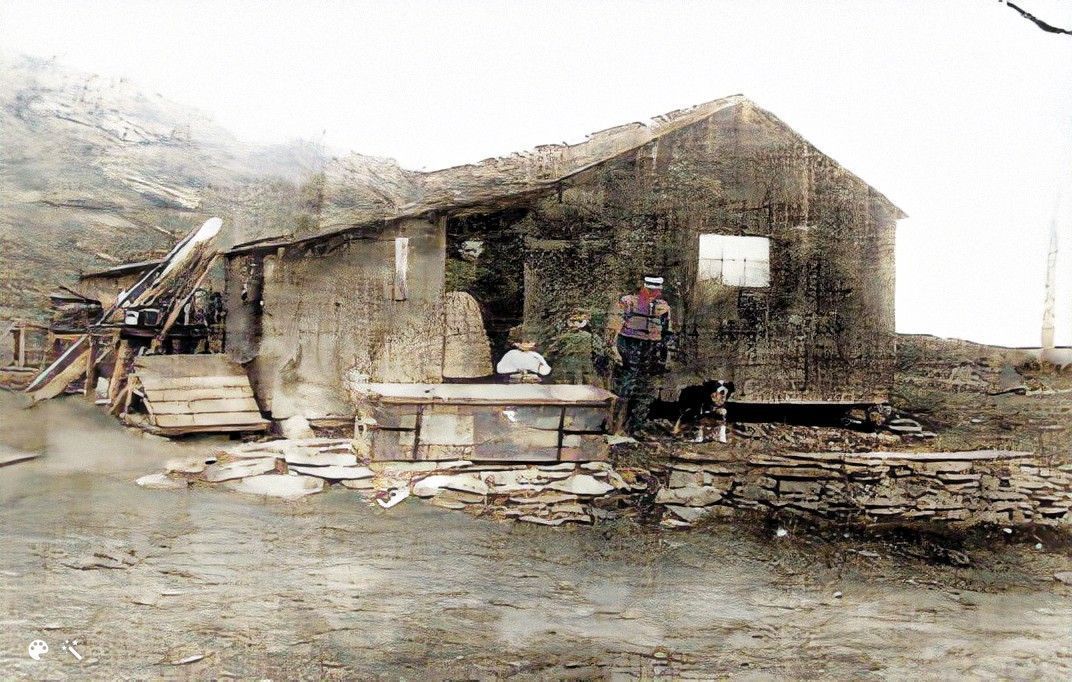

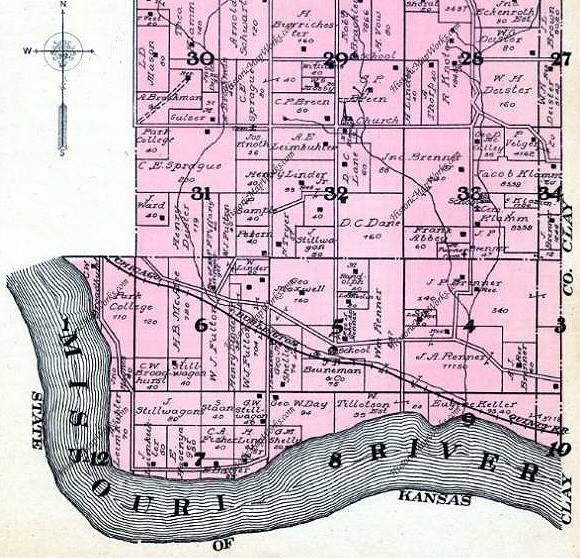
1907
St. Matthew's

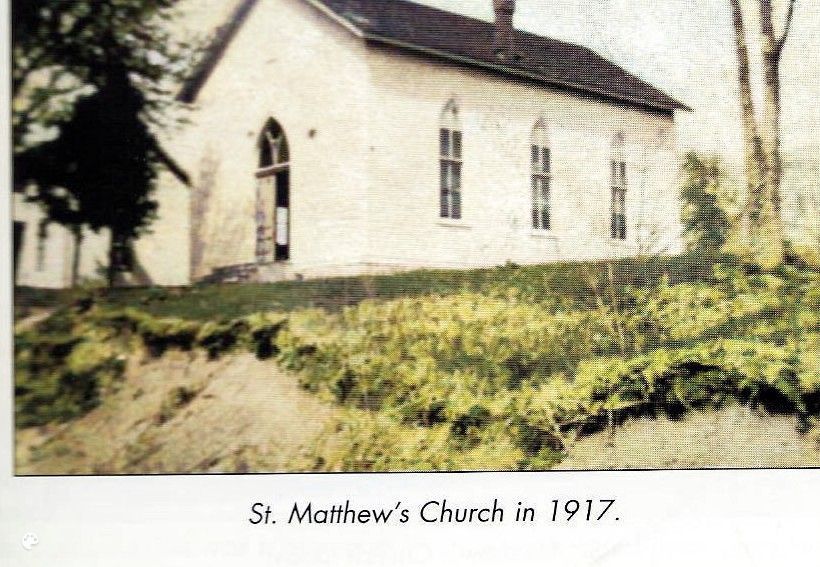

About 1900
Locomotive passing Parkville's station.

A Park College Professor skates on the Missouri River about 1900.
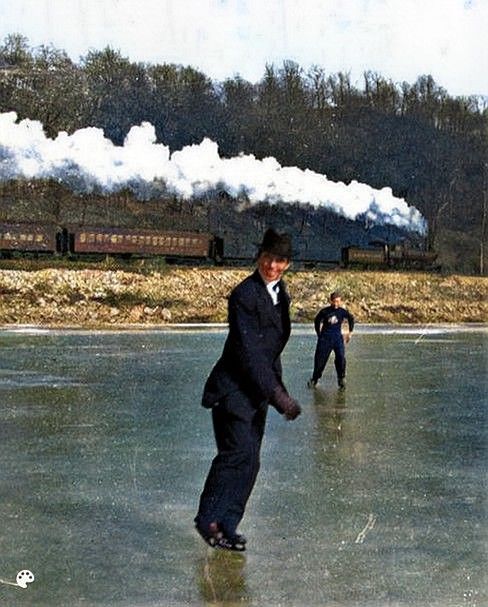



An outing on Brenner Ridge, earliest known photo, 1880's



This prehistoric native American skeleton was on display under a sheet of glass in (the future) Indian Hills for many years in the early 1900's.
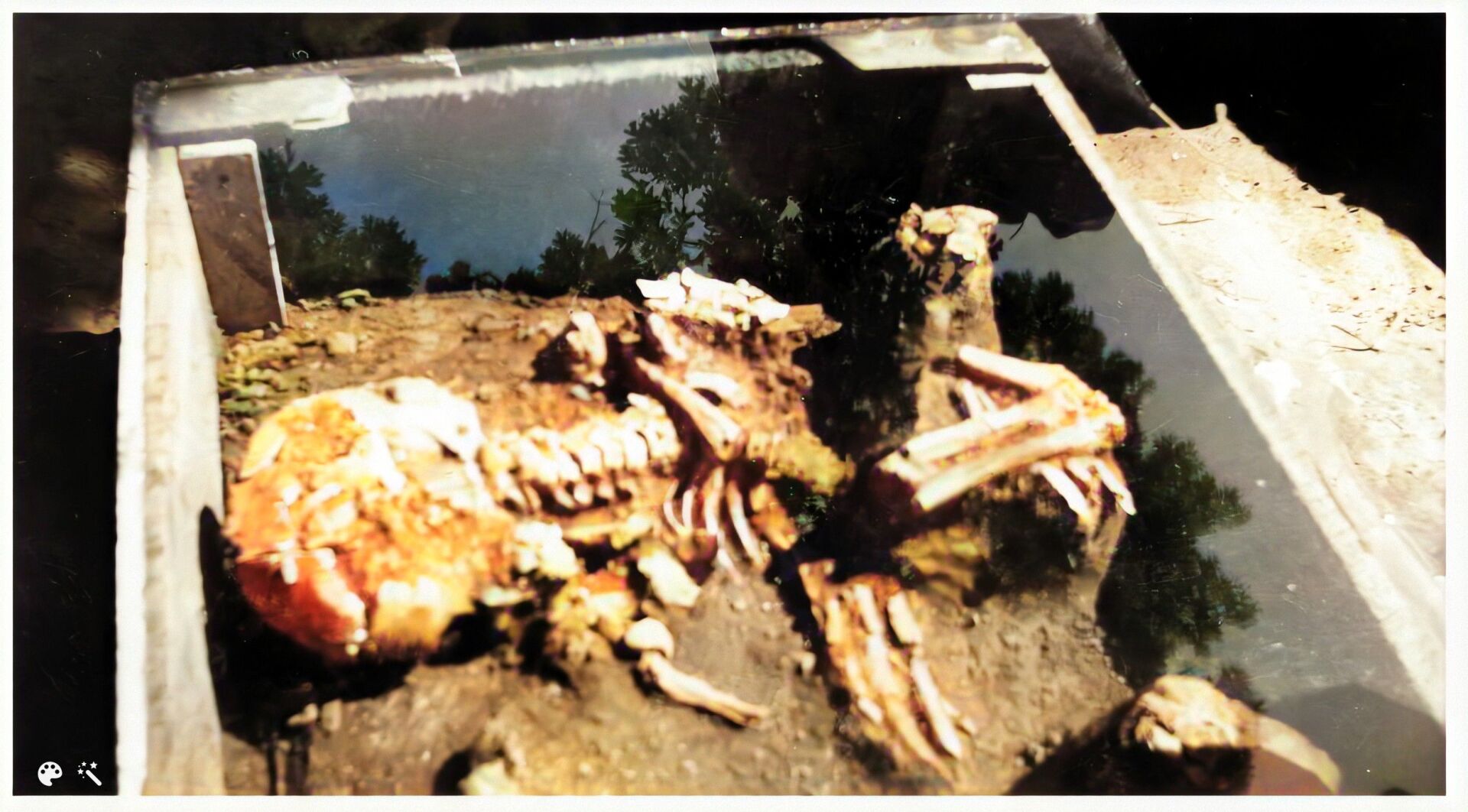
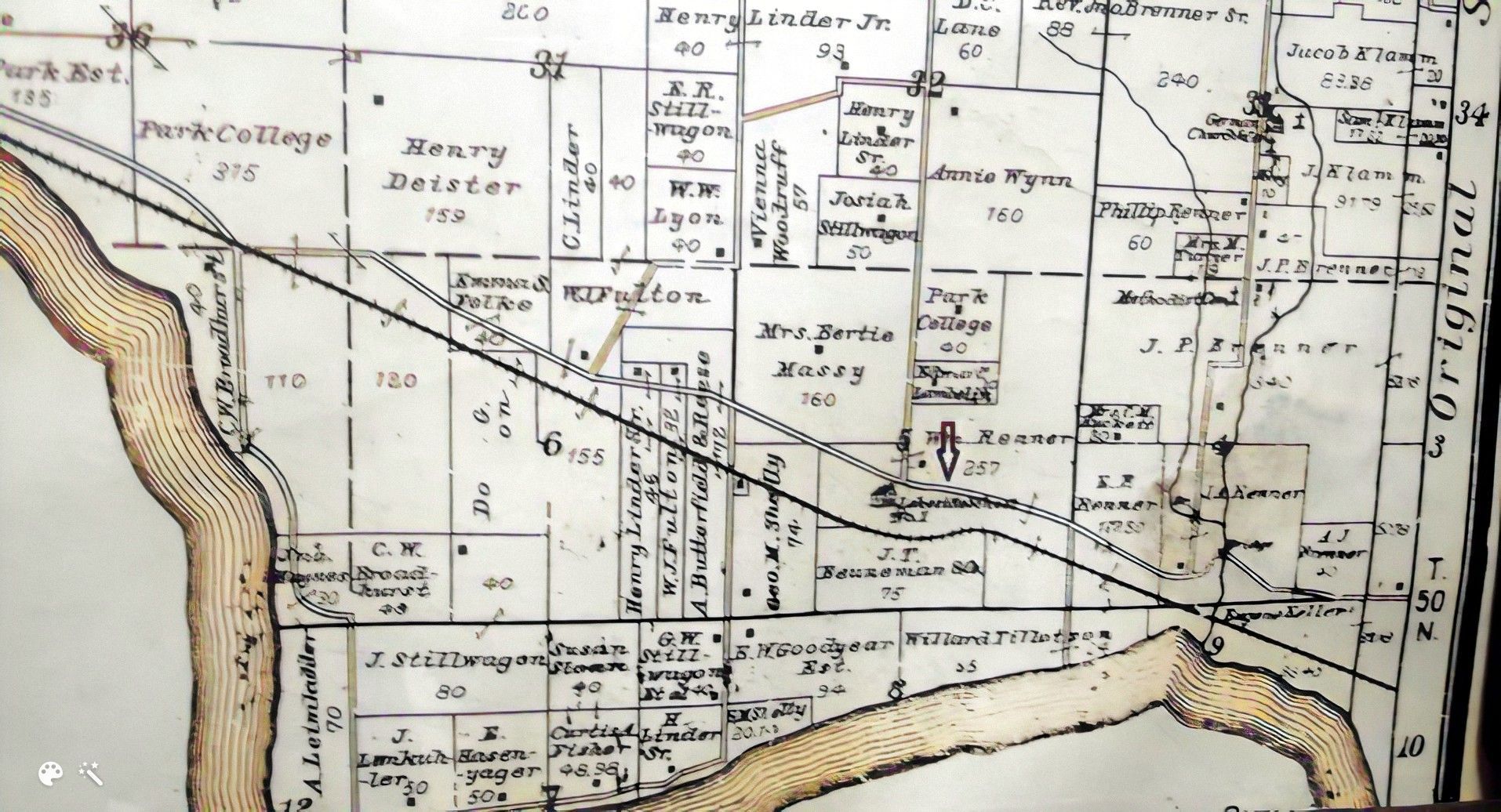
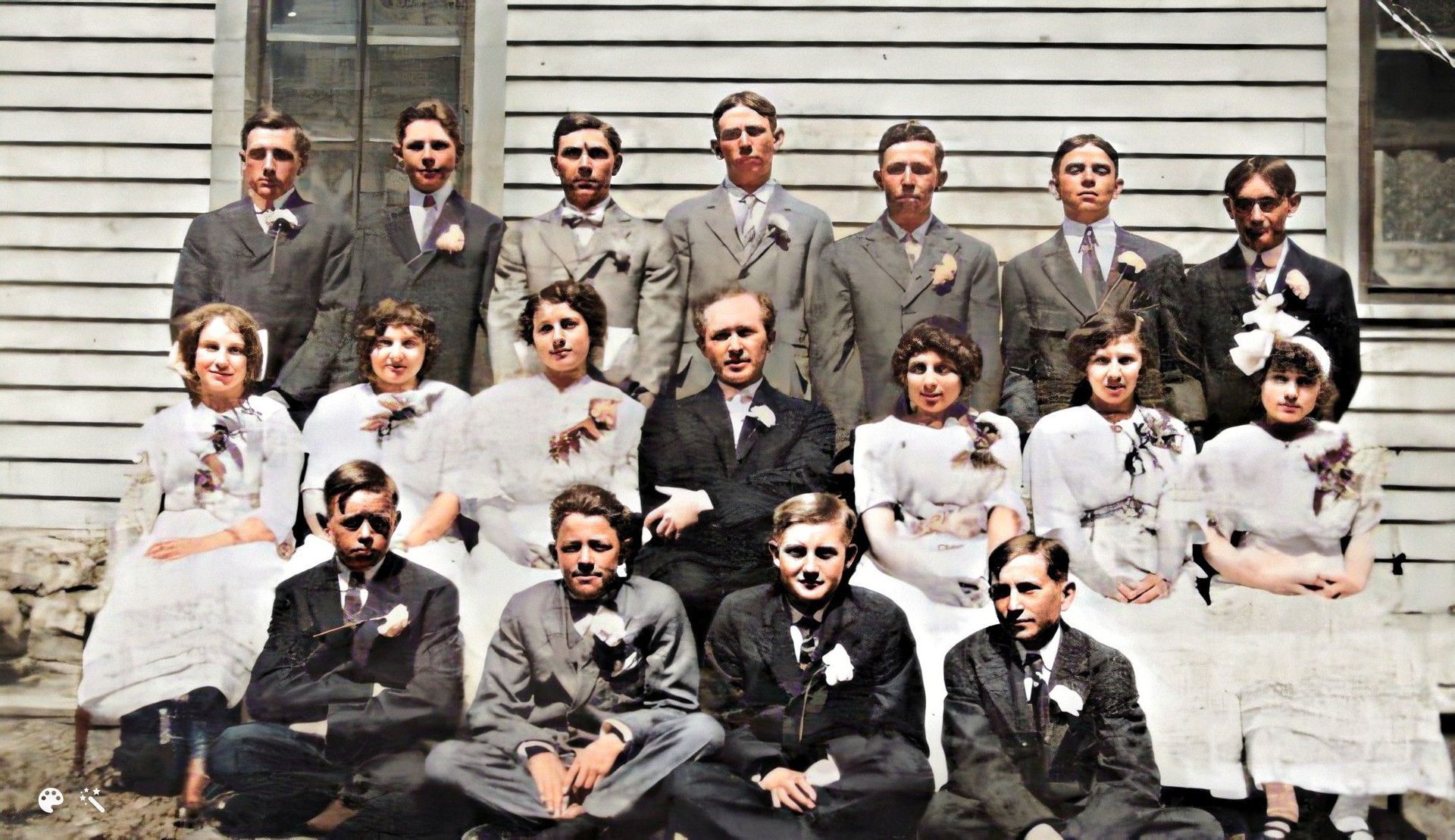
(Below)
Believed to be members of the St. Matthew's annual church picnic.
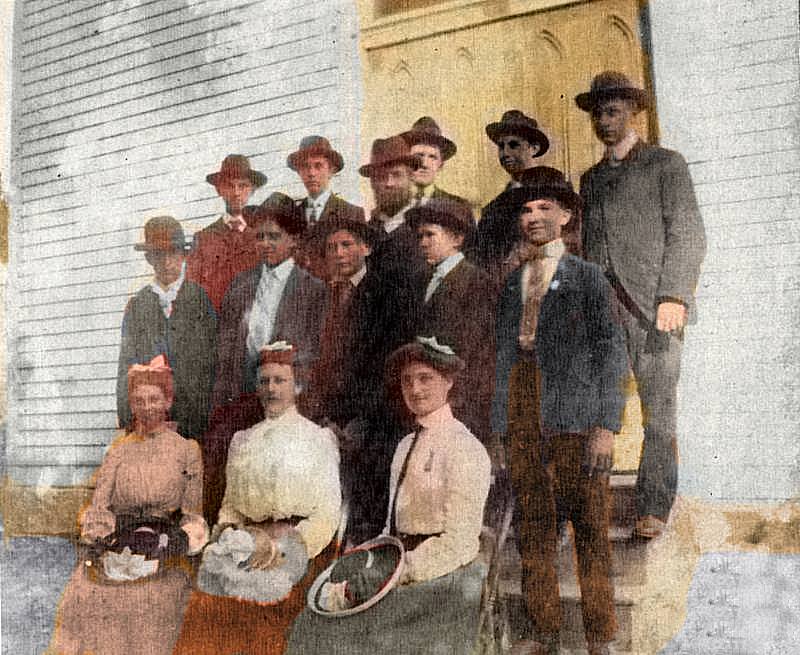



Parkville
1907 Flood


Interurban Construction
Somewhere in Platte County
before 1913

Interurban derail in northern Platte County

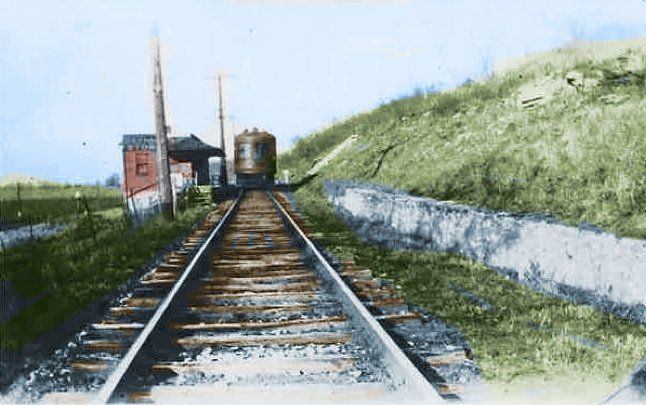



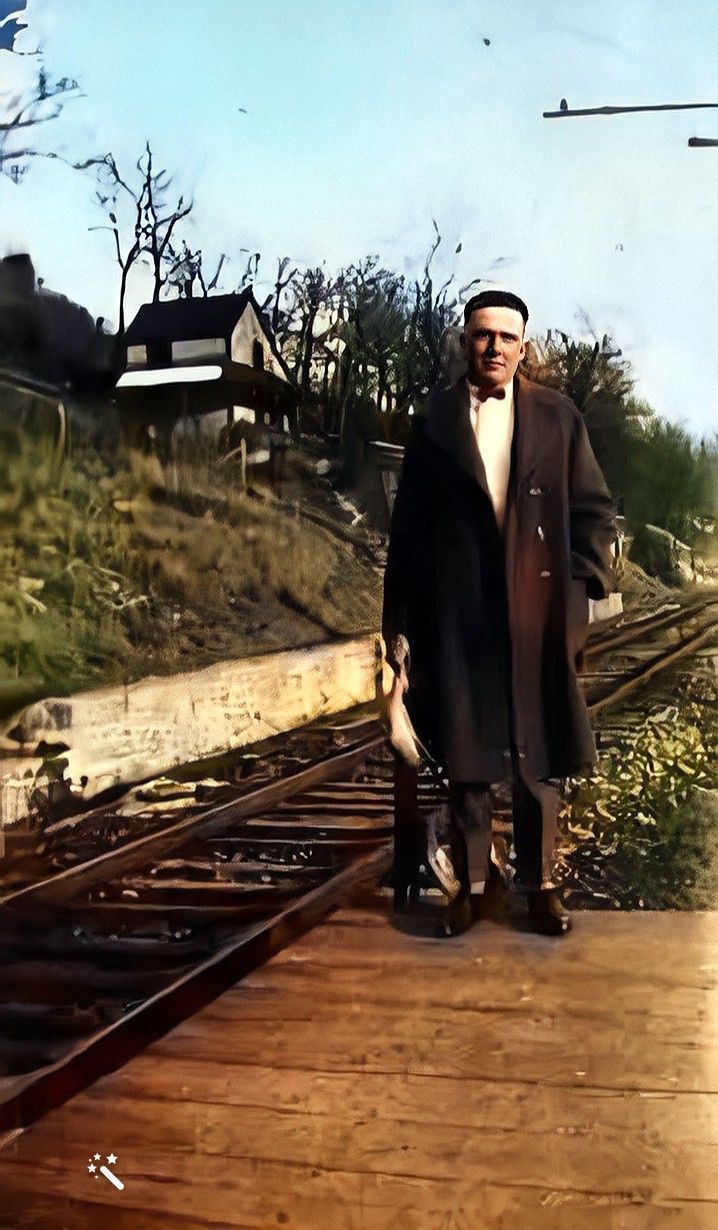

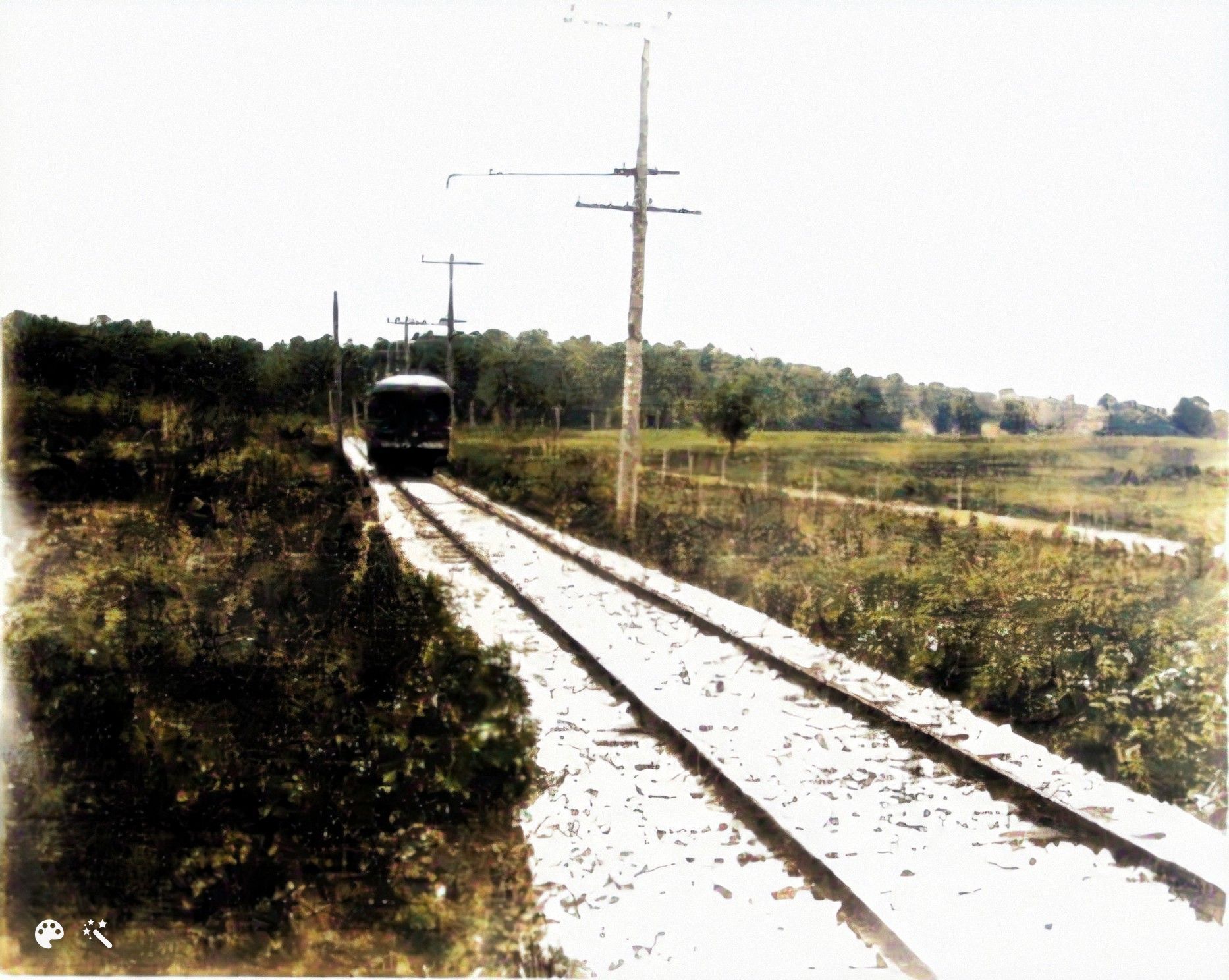
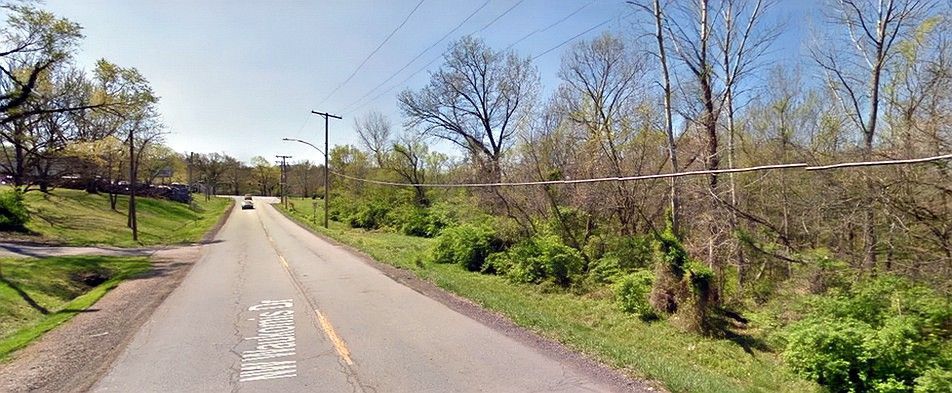
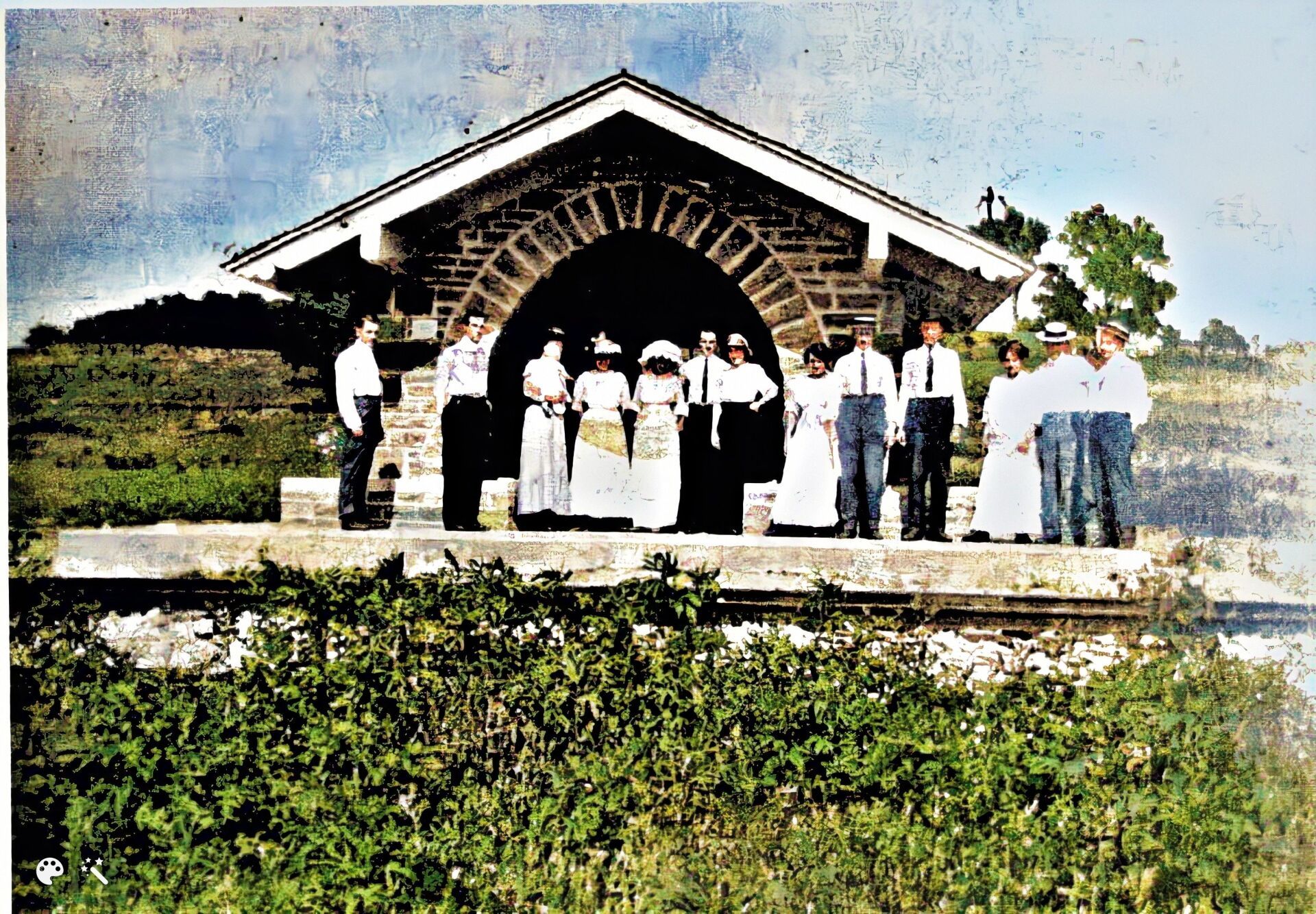
Deister Station
By todays Line Creek Park
1st photo: Shows "grandpa Wm Deister"
2nd: "A group of the French Class of John C. Deister"
3rd: Teress Deister, Emma Deister, Peter Deister & Rita Deister



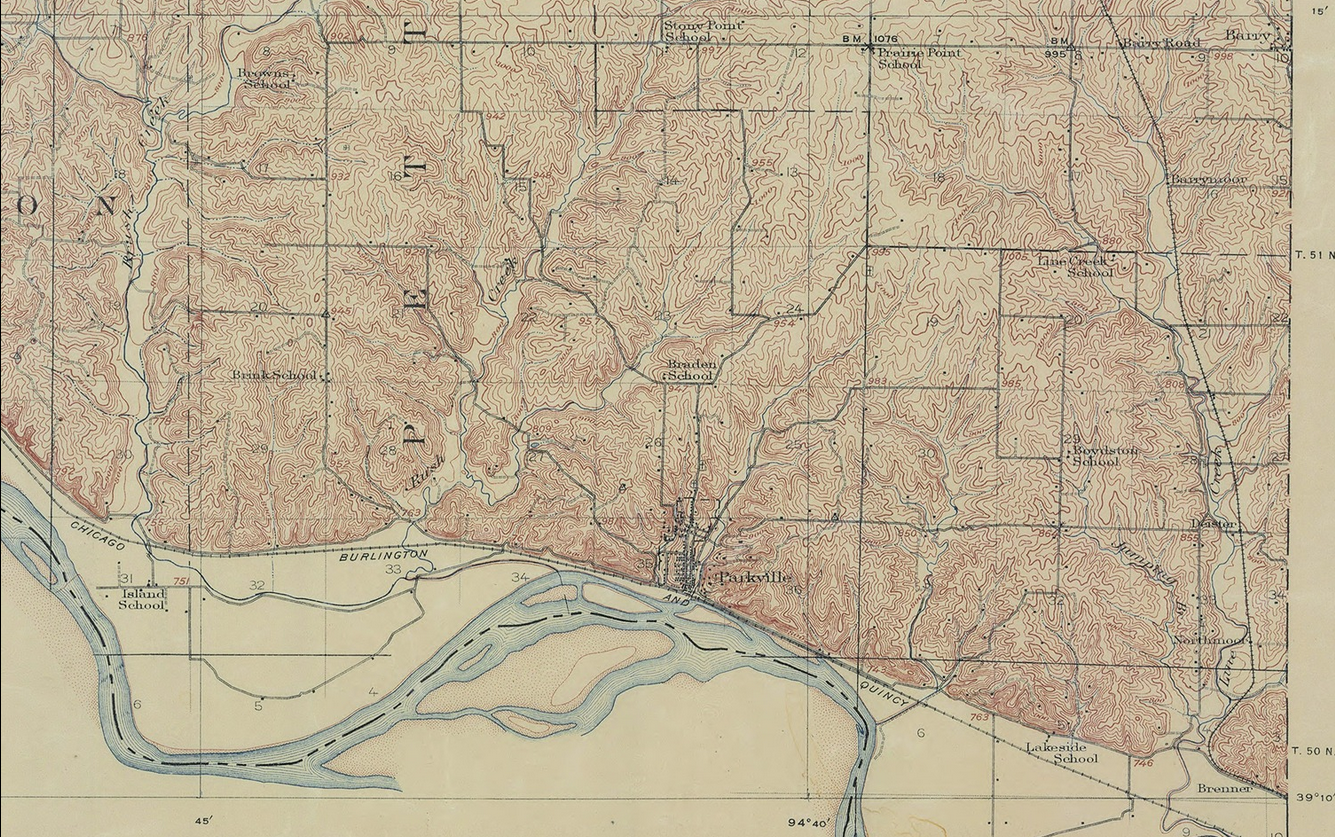
HOG MILLING ON BRENNER RIDGE
Back of photo says, "Hog milling on Brenner Ridge". Second man from left is thought to be John Peter Brenner and this may have been on his farm which was across the street from today's roller skating rink on NW Gateway. Circa 1915 (colorized)
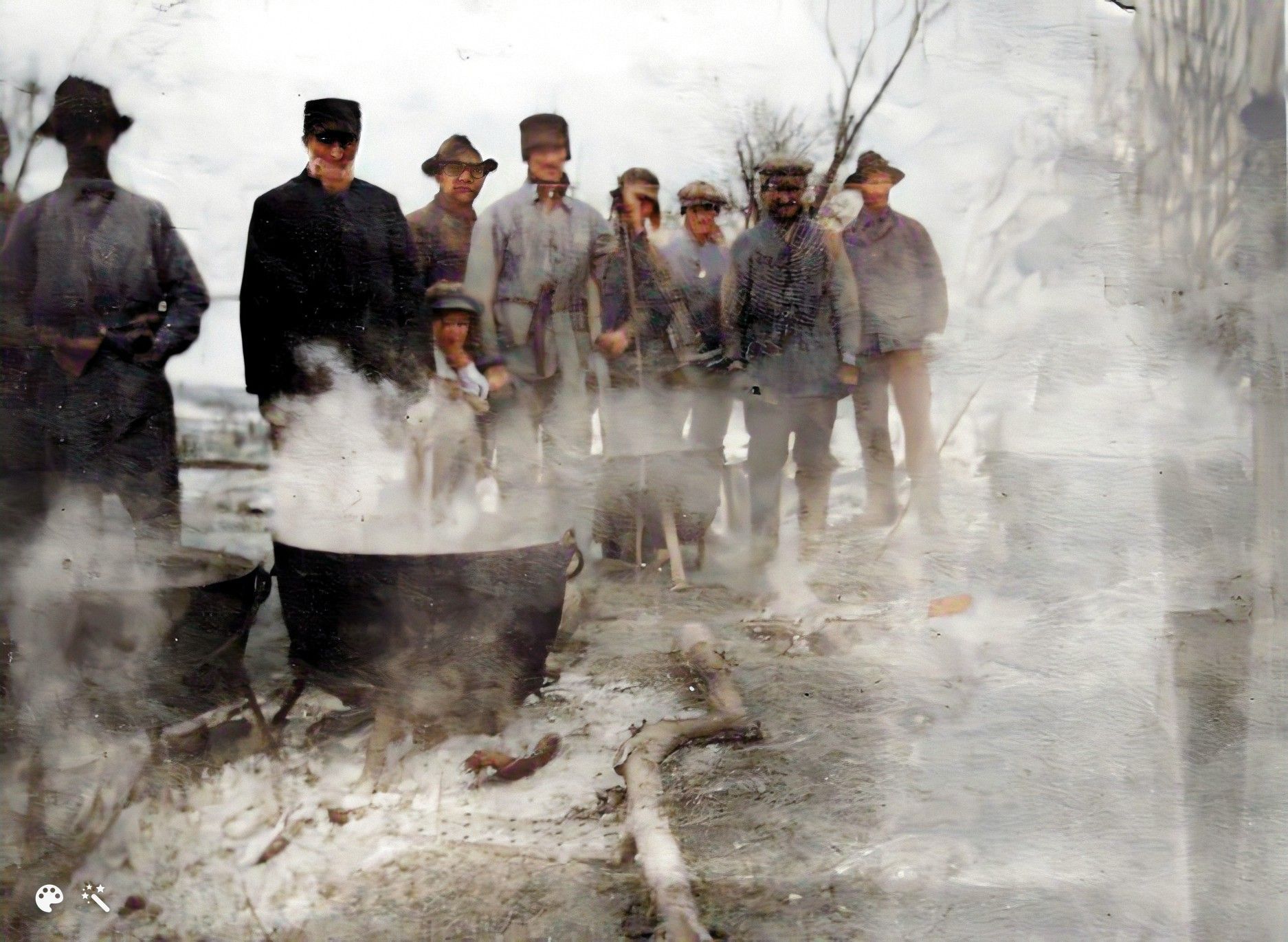
John Wesley Brenner
Off Northwest Gateway
John Wesley Brenner driving an REO Speedwagon. The were considered trucks then. Yes, a rock band would later steal their name.

William Brenner
1920
By a broken down junk car with two of his three boys: Sherman, Everett and Lowell. We don't know which two or where in Riverside this photo was possibly taken. Photo by: Martha Brenner Noland


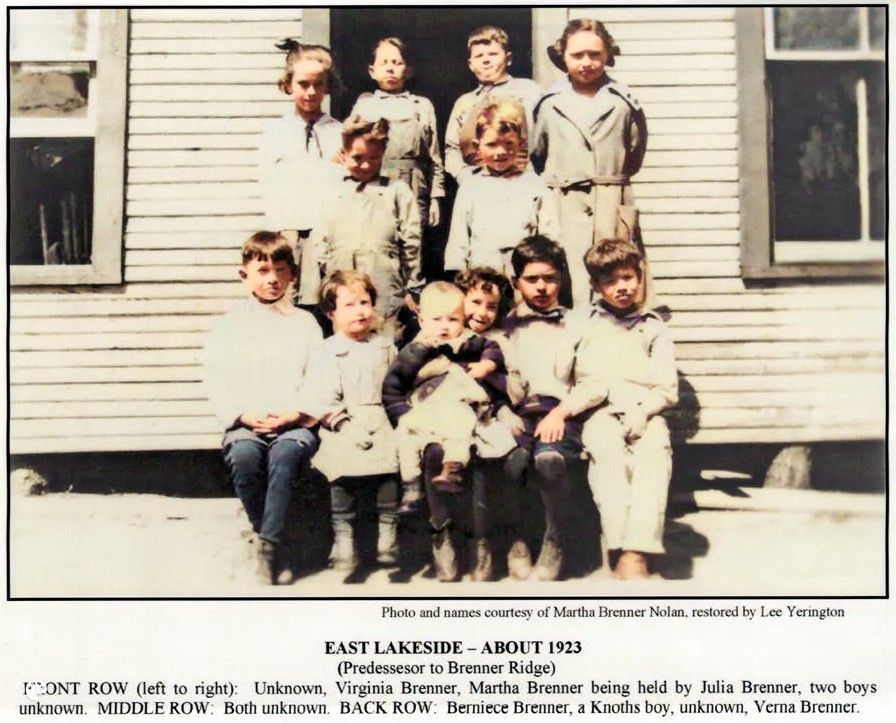




Fairfax Bridge
1920's

Carolina Brenner Renner) and would die in her home in August 1929. Carolina's home is the old white house that is on the south side of the Renner-Brenner Site Park. Lousia passed in 1933. The are both buried in the cemetery that bears their name on the west side of Gateway southwest of the Eagle Animal Hospital. When John moved in with Carolina and her husband Leslie, she had a special room for her dad where she had an electric door bell by his bed to summon her when he needed help. My first wife, Mary Brenner Smith and I bought the home in 1980 and that room still had the door bell in it. It was years later before I learned the history of the door bell button on the wall.


